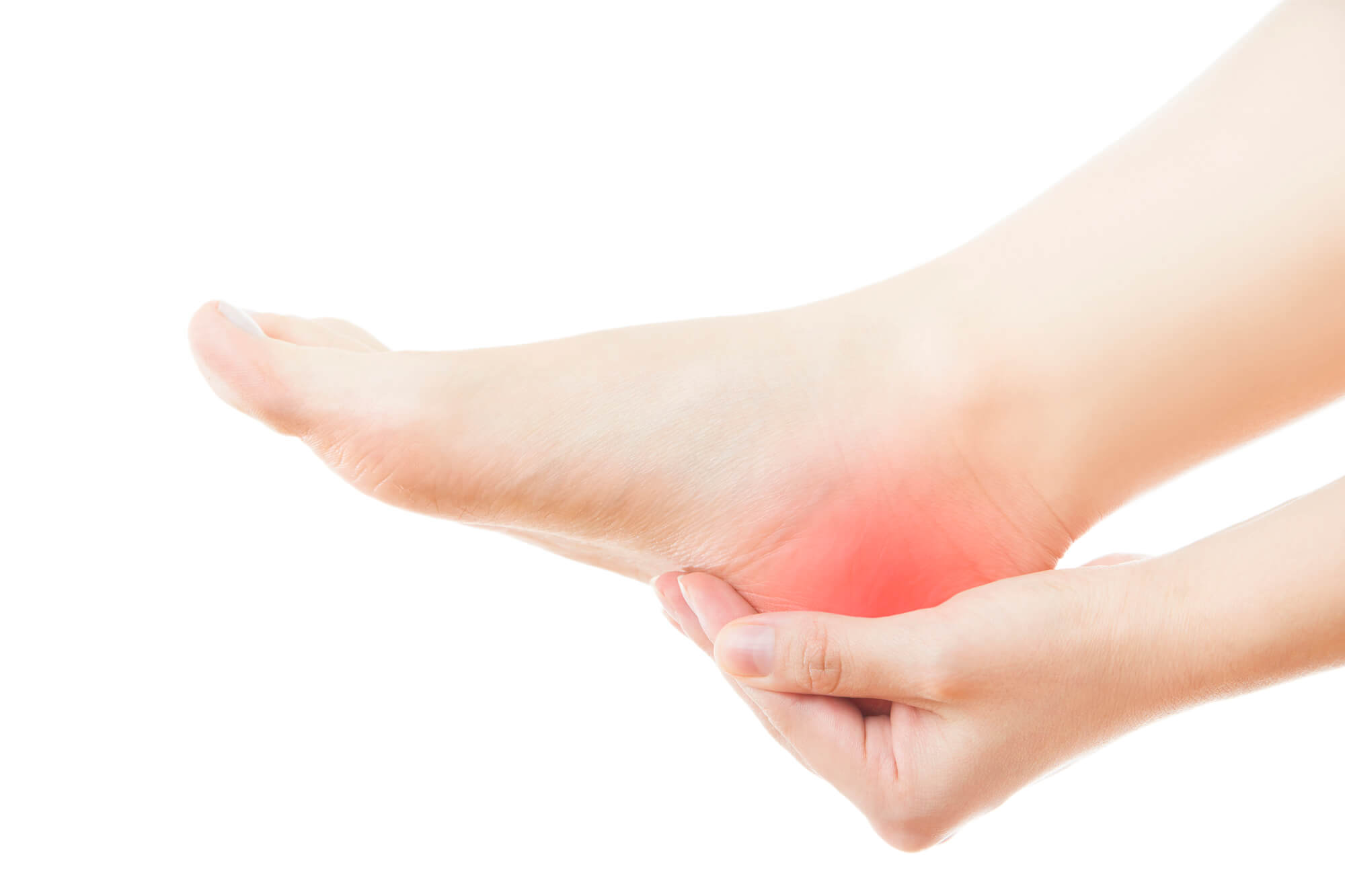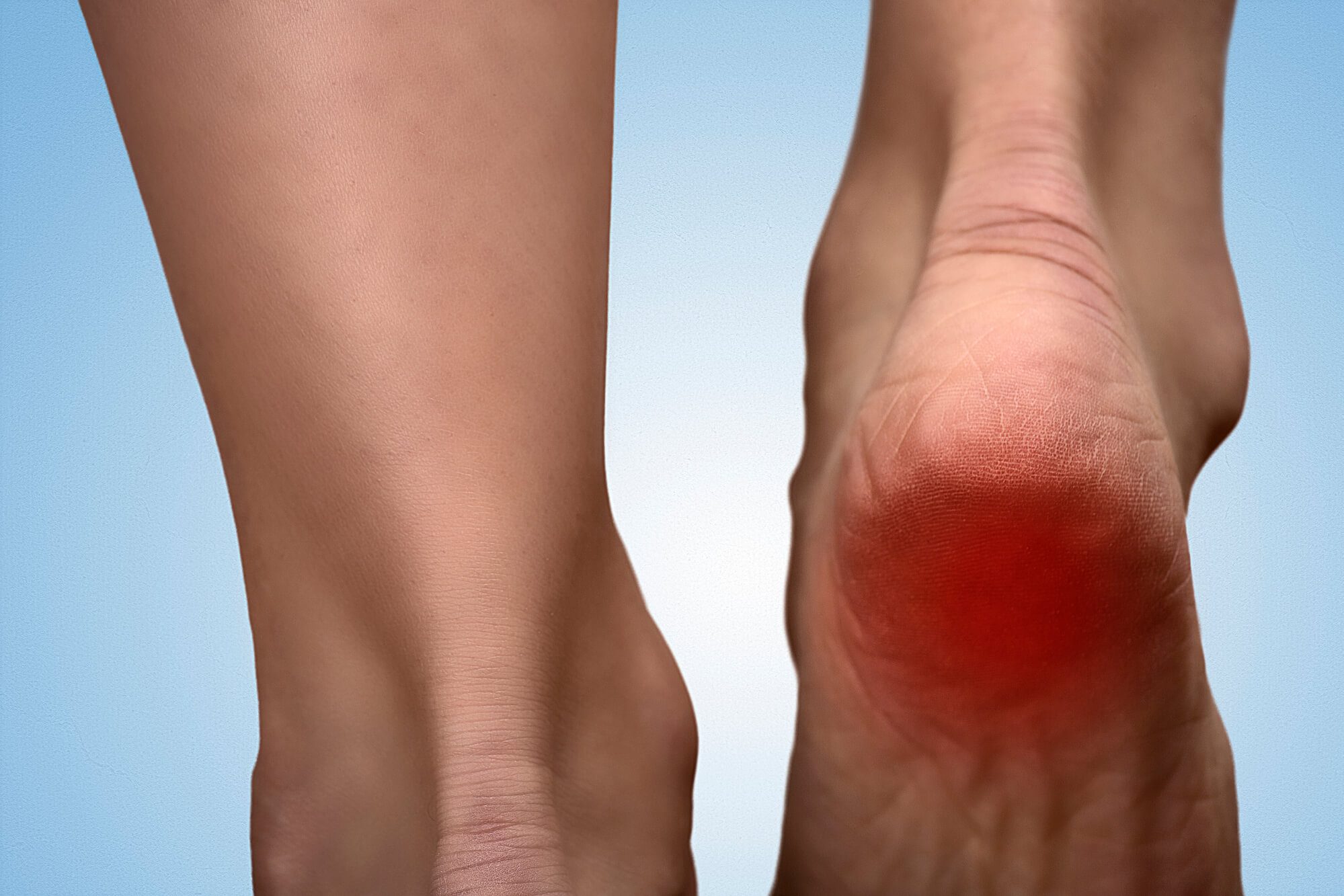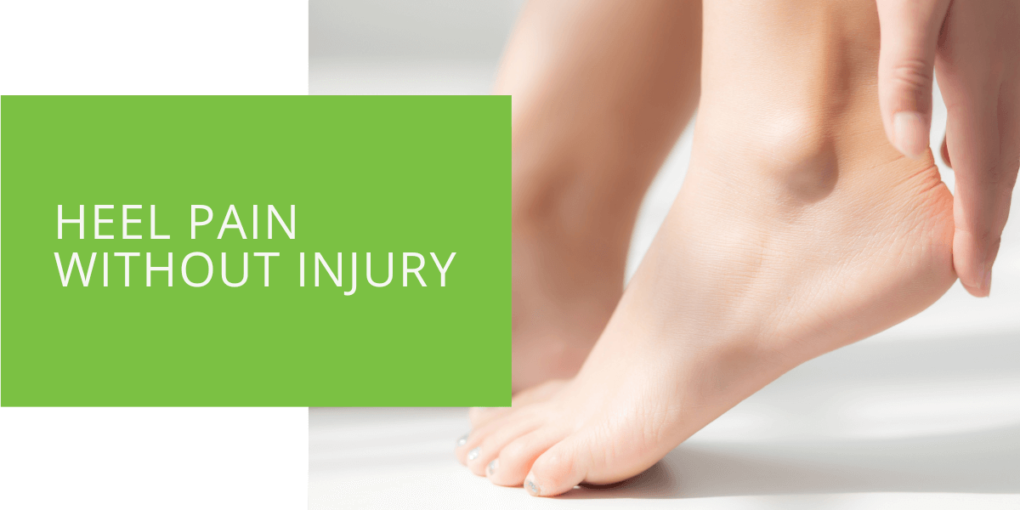Heel Pain Without Injury: Causes, Symptoms & Treatment
Heel pain without injury, also known as "primary heel pain," is a condition that affects millions of people worldwide. It is often characterized by pain in the heel when walking or standing, stiffness in the heel upon waking up, swelling in the heel, and redness in the heel. While various factors can cause heel pain, it is important to note that it is not always the result of a specific injury or trauma. Many people with heel pain do not have a clear cause for their pain.
Causes of Heel Pain Without Injury
There are several potential causes of heel pain without injury. Some of the most common include:
Plantar Fasciitis
Plantar fasciitis is one of the most common causes of heel pain without injury. This condition occurs when the plantar fascia, a thick band of tissue that runs along the bottom of the foot, becomes inflamed. The plantar fascia acts as a shock absorber and supports the arch of the foot, so when it becomes inflamed, it can cause pain in the heel and other areas of the foot.
Symptoms of plantar fasciitis include heel pain when walking or standing, especially after periods of rest, and stiffness in the heel upon waking up. Risk factors for plantar fasciitis include obesity, poor footwear, and certain occupations that require prolonged standing or walking.

Obesity
Obesity is another common cause of heel pain without injury. Being overweight puts extra strain on the feet and can lead to pain in the heels and other foot areas. In addition to causing the heel pain, obesity also increases the risk of other health problems, including heart disease, diabetes, and certain types of cancer.
Poor Footwear
Wearing shoes that do not provide adequate support or cushioning can also lead to heel pain. Shoes that are too tight, loose, or do not fit properly can put excess pressure on the heels and cause pain. Choosing footwear that fits well and provides adequate support for the arch and heel is important.
Age
As we age, our feet undergo many changes that can contribute to heel pain. The fat pads in our heels naturally become thinner and less cushioning over time, leading to pain when walking or standing. In addition, the ligaments and tendons in our feet can become less flexible and more prone to injury.
Other Factors
Several other factors can contribute to heel pain without injury. Overuse injuries, such as those sustained by runners and other athletes, can lead to heel pain. Abnormalities in foot structure, such as flat feet or high arches, can cause heel pain. Certain medical conditions, such as rheumatoid arthritis and gout, can cause heel pain.

Symptoms of Heel Pain Without Injury
The most common symptom of heel pain without injury is a pain in the heel when walking or standing. This pain is often worse after rest periods and can be especially severe first thing in the morning. Other symptoms of heel pain without injury may include:
- Stiffness in the heel upon waking up
- Swelling in the heel
- Redness in the heel
If you are experiencing any of these symptoms, it is important to seek medical attention. A podiatrist or other foot specialist can diagnose the cause of your heel pain and recommend the appropriate treatment.
Treatment of Heel Pain Without Injury
There are several options for treating heel pain without injury. The most appropriate treatment will depend on the specific cause of your pain and the severity of your symptoms.
Self-Care Measures
Several self-care measures can help alleviate heel pain without injury. These include:
- Resting the foot: Avoiding activities that strain the heels excessively, such as running or standing for long periods, can help reduce pain and swelling.
- Stretching the foot and calf muscles: Stretching exercises can help improve flexibility and reduce strain on the heels.
- Wearing proper footwear: Choosing shoes that fit well and provide adequate support can help prevent heel pain.
- Applying ice to the heel: Ice for 15-20 minutes can help reduce inflammation and pain.
- Taking over-the-counter pain medication: Nonsteroidal anti-inflammatory drugs (NSAIDs), such as ibuprofen and naproxen, can help reduce inflammation and pain.

Professional Treatment
If self-care measures are insufficient to alleviate your heel pain, a podiatrist or other foot specialist may recommend additional treatment. Options may include:
- Physical therapy: Physical therapy can help improve flexibility and strength in the feet and ankles, reducing heel strain.
- Orthotic inserts: Custom-made inserts that fit inside your shoes can help correct foot abnormalities and support the heels.
- Corticosteroid injections: Injections of corticosteroids into the heel can help reduce inflammation and pain.
- Surgery: In severe cases, surgery may be necessary to correct structural abnormalities or repair damaged tissue.
Conclusion
Heel pain without injury can be frustrating and debilitating, but it is often possible to find relief without surgery or other invasive treatments. By understanding the potential causes of heel pain, such as plantar fasciitis, obesity, poor footwear, and aging, and seeking appropriate treatment, you can take control of your foot health and find relief from heel pain. If you are experiencing persistent heel pain, it is important to seek medical attention from a podiatrist or other foot specialist.
FAQ
What is the cause of heel pain without injury?
Heel pain without injury, also known as "primary heel pain," can be caused by various factors. The most common causes include plantar fasciitis, obesity, poor footwear, and aging. Other potential causes include overuse injuries, abnormalities in foot structure, and certain medical conditions.
Where is heel pain typically located?
Heel pain is typically located in the heel or the back of the heel. However, it can also radiate to other foot or lower leg areas.
What is a heel spur?
A heel spur is a bony growth that forms on the heel bone. It is often caused by plantar fasciitis, but other conditions, such as obesity or poor footwear, can also cause it. Heel spurs can cause pain and discomfort when walking or standing.
What is bursitis?
Bursitis is an inflammation of the bursa, a small, fluid-filled sac that acts as a cushion between bones and soft tissues. Bursitis can occur in the heel and is often caused by overuse or improper footwear. Bursitis symptoms may include pain, swelling, and stiffness in the affected area.
What is the achilles tendon and where is it located?
The achilles tendon is a large tendon that connects the calf muscles to the heel bone. It is located in the back of the lower leg and is responsible for helping to lift the heel off the ground when walking or running.
What is tendonitis?
Tendonitis is an inflammation of a tendon. It can occur in the achilles tendon or other tendons in the foot and lower leg. Tendonitis is often caused by overuse or improper footwear and can cause pain and swelling in the affected area.
What is a stress fracture?
A stress fracture is a small crack or breaks in a bone that occurs due to overuse or repeated stress. Stress fractures can occur in any bone but are most common in the foot and lower leg. Symptoms of a stress fracture may include pain and inflammation in the affected area.
How can heel pain without injury be treated?
Treatment for heel pain without injury may include self-care measures, such as rest, stretching, proper footwear, ice, and over-the-counter pain medication. In more severe cases, professional treatment may be necessary. This can include physical therapy, orthotic inserts, corticosteroid injections, or surgery.
How can I prevent heel pain without injury?
To prevent heel pain without injury, choosing footwear that fits well and provides adequate support for the arch and heel is important. Maintaining a healthy weight, stretching regularly, and avoiding overuse injuries is also important. If you are experiencing persistent heel pain, it is important to seek medical attention from a podiatrist or other foot specialist.

